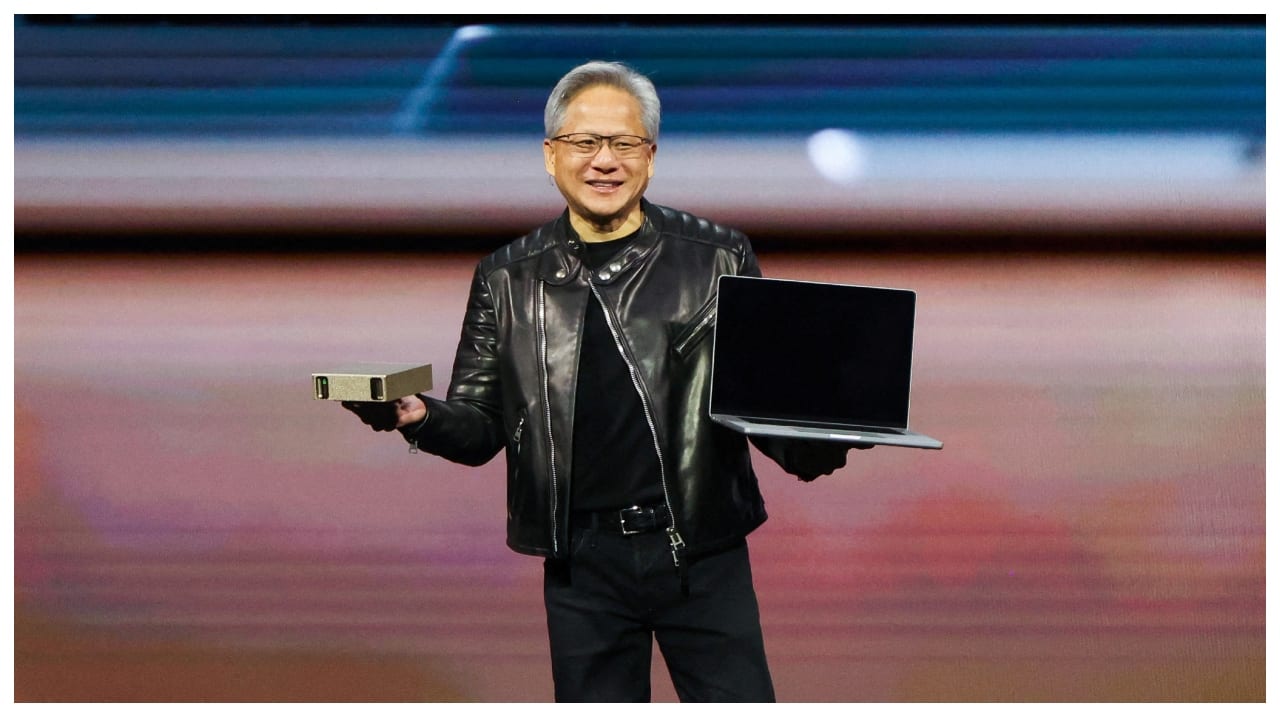Report: AI's Energy Use to Surpass Crypto Mining by 2025

The burgeoning field of artificial intelligence (AI) is on a trajectory to potentially exceed Bitcoin mining in electricity consumption by the end of 2025. Currently, AI already accounts for a significant portion, up to 20%, of data center energy consumption, a figure that is rapidly escalating. Despite ongoing advancements in algorithm optimization and equipment efficiency, the power demands of the AI industry are growing at an exponential rate. This escalating situation draws striking parallels to the cryptocurrency boom witnessed between 2017 and 2021, when the intense activity of mining Bitcoin and other digital assets led to a sharp increase in global electricity demand. A similar, yet potentially more impactful, scenario is now unfolding within artificial intelligence, with consequences that could extend beyond cryptocurrencies, potentially affecting leading financial instruments such as Dow Jones index futures and S&P 500 futures.
The underlying logic driving the AI industry's energy footprint mirrors that of cryptocurrency mining: models that require greater computational power are inherently more efficient. Leading AI companies, including OpenAI, Google, and Meta, are consistently expanding the parameters of their neural networks, which in turn consume substantial energy resources. A notable example is the training of GPT-4, which necessitated dozens of times more energy than its predecessor, GPT-3. This trend is fueling a boom in the construction of new data centers, particularly in the United States, which already hosts approximately 40% of the world’s data centers. To meet these unprecedented energy demands, operators are planning the construction of new gas-fired power plants and even exploring modular nuclear reactors. However, such solutions invariably strain existing power grids and compromise global climate goals, as a significant portion of this energy generation remains carbon-intensive.
The primary similarity between AI and cryptocurrency mining lies in their high power consumption, both requiring immense computing power for their operations. Furthermore, both industries exhibit a concentration in regions offering cheap energy. AI data centers, much like mining farms, are being established in areas such as Texas, Canada, and Scandinavia, due to their access to affordable electricity. The pressure exerted on power grids is another critical concern, as sudden spikes in demand can lead to system overloads, a phenomenon already observed in countries like Iran and Kazakhstan due to cryptocurrency mining activities. Another shared challenge between AI and cryptocurrencies is the inherent difficulty in accurately estimating their real-world energy consumption. While major companies like Google and Nvidia issue reports on their carbon dioxide emissions, they typically do not specify the precise contribution of AI to these figures. For instance, Google’s carbon footprint has expanded by 13% in recent years, yet the exact portion attributable to AI models remains undisclosed. Similar transparency issues plague the crypto industry, where mining pools rarely disclose accurate consumption data, leading to widely varying estimates for Bitcoin alone, ranging from 70 to 150 TWh per year.
This escalating competition for energy has tangible implications for the crypto market and the price of Bitcoin. Rising electricity prices, a direct consequence of increased demand, inevitably lead to lower mining profitability. If the AI industry captures the lion’s share of available energy capacity, Bitcoin miners will face the difficult choice of relocating to new regions with cheaper power or shutting down their operations. Some data centers in the United States are already actively displacing mining farms due to the higher profit margins associated with AI. Governments may also consider imposing taxes on energy-intensive AI and cryptocurrency industries, and restrictions on the construction of new data centers in energy-deficient regions could become a reality. These factors collectively point towards stricter regulations and a potential deceleration in hash rate growth, a key metric of the Bitcoin network’s computational power. Should mining become less profitable, some equipment may be idled, and the network’s complexity will adapt accordingly. However, the Bitcoin price might find support from reduced sales by miners and automated trading software utilized in arbitrage strategies.
In conclusion, artificial intelligence is following a path similar to that of cryptocurrencies, but on a significantly larger scale. If the current trend persists, the AI industry's energy consumption will surpass Bitcoin mining by 2025, introducing new challenges for global energy systems and the environment. This scenario implies heightened competition for resources and potential pressure on cryptocurrency miners. Nevertheless, if Bitcoin successfully retains its status as 'digital gold,' its price may ultimately prove less dependent on energy consumption than the computing costs associated with AI. One clear truth is emerging: the era of cheap energy for high-tech industries appears to be drawing to a close.












